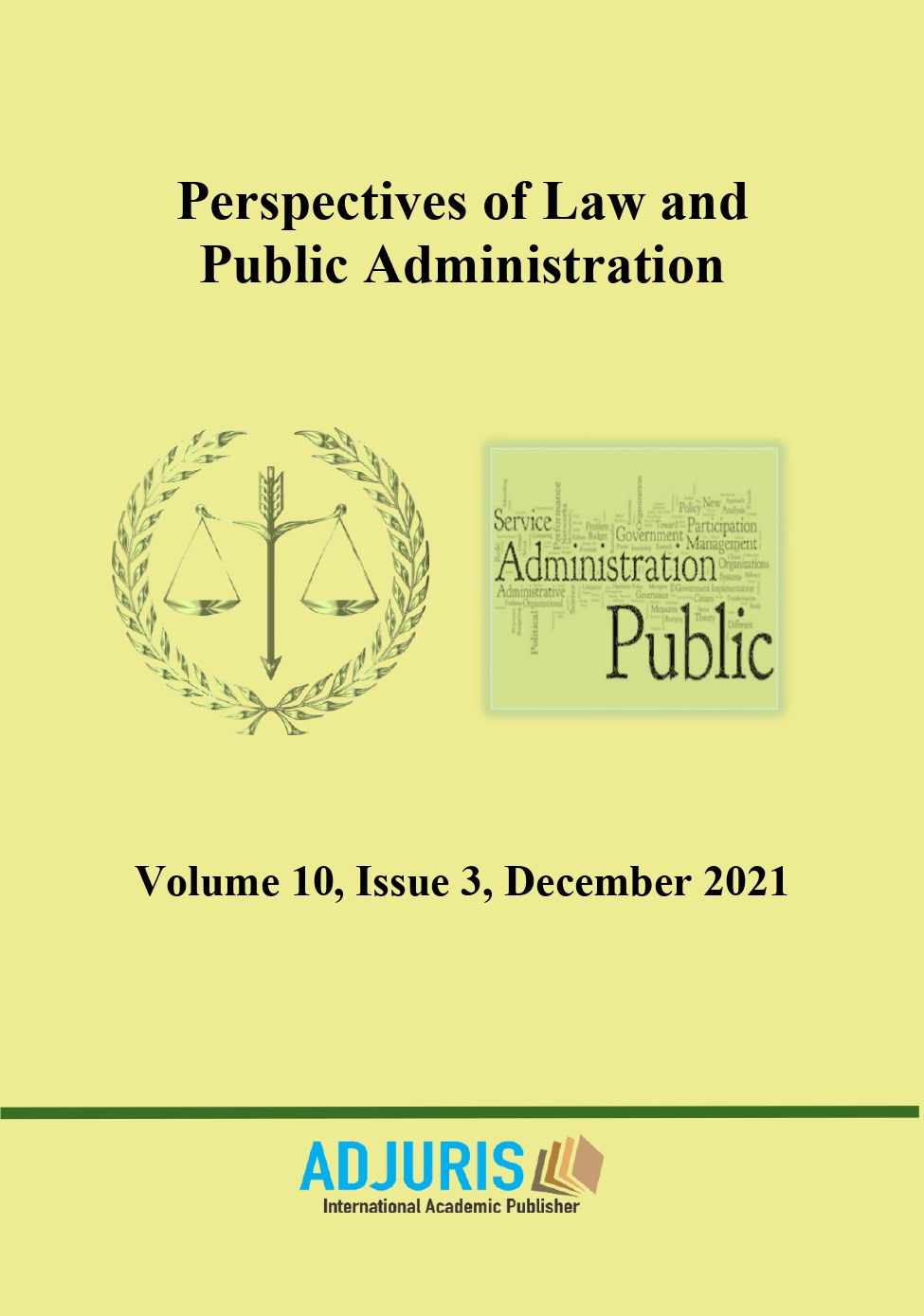LEGAL REGIME OF COMPETITION IN INDIA
LEGAL REGIME OF COMPETITION IN INDIA
Author(s): Ovidiu Horia MaicanSubject(s): National Economy, Civil Law, Law on Economics, Commercial Law
Published by: Societatea de Stiinte Juridice si Administrative
Keywords: India; Economic Liberalization; Competition; Competition Act; Competition Commission;
Summary/Abstract: The study of the competion legislation in India has as justification the fact that the indian economiy has one of the biggest growth rates in the world, India being the biggest democracy in the world. At the begining, India had its own competition law, called the Monopolies and Restrictive Trade Practices Act 1969 (MRTP Act). After the initiation of the economic liberalization in 1991, it became imperative to put in place a competition law regime that was more responsive to the economic realities of the nation and in accordance with international practices. In 2002, the Indian Parliament voted a new law, Competition Act, to regulate business practices in India. The Competition Act has as goal to regulate three types of conduct (anti-competitive agreements, abuse of a dominant position and combinations). The Competition Act was amended by the Competition (Amendment) Act in 2007 and 2009. The Competition Act has also created a new enforcement body, the Competition Commission of India (CCI), which is responsible for the enforcement of the Competition Act. According to the provisions of the Competition Act, is allowed to make an appeal to the Competition Appellate Tribunal (COMPAT) against the decisions of the CCI. A further appeal from the decision of the COMPAT may be submitted before the Supreme Court of India. In the same, the Competition Act is taking into consideration its enforcement with the aid of mutual international support and enforcement networks across the world.
Journal: Perspectives of Law and Public Administration
- Issue Year: 10/2021
- Issue No: 3
- Page Range: 318-328
- Page Count: 11
- Language: English

